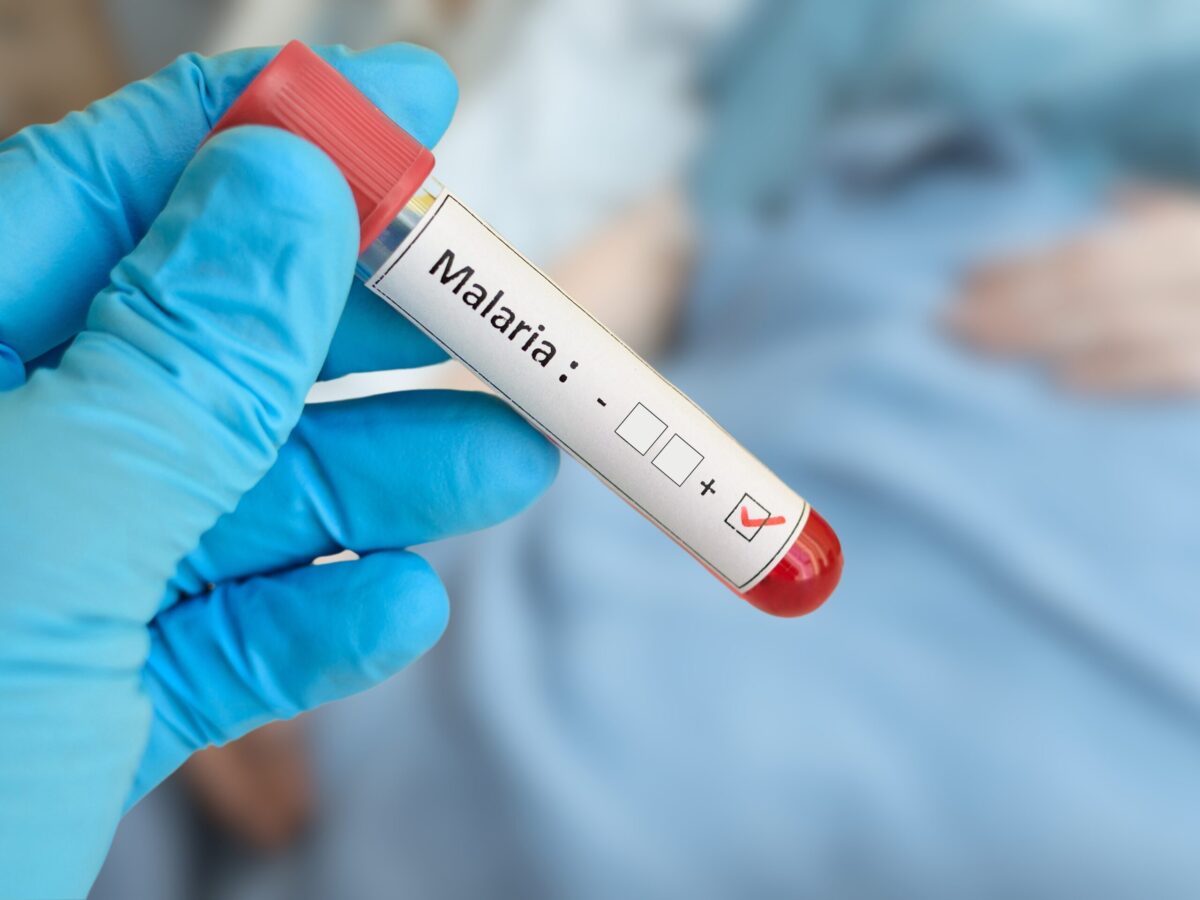Scientists and researchers from a University of Toronto-affiliated research organization have taken the bold step to publish their raw lab notes in real time in an effort to reduce the time it takes to discover potentially life-saving new medical treatments. Nearly 20 researchers from the Toronto-led Structural Genomics Consortium (SGC) have agreed to participate in the program which could further research for rare, untreatable diseases such as pediatric brain tumors and ALS.
“It can take many years from the time a researcher makes a discovery until it is published,” said Dr. Aled Edwards, a professor in U of T’s Department of Molecular Genetics and the head of the SGC. “These delays are too long considering the rate at which science is progressing today. How many roads were not taken in those years?”
The idea of making lab notes public is relatively new in the scientific community as academic researchers closely guard discoveries due to the competitive publishing environment. But according to Edwards, this climate is not conducive to scientific progress.
“The current reward structures for university scientists date from a previous era,” said Edwards. “Sharing may be a risk for an individual scientist, but it benefits the wider scientific community. Not only positive data need to be shared, but also experiments that don’t work. If a particular line of inquiry is not working out, it’s there for all to see, and other researchers can pull up stakes, and pursue another road.”
Young scientists have been pioneers in the shift towards collaborating with colleagues who would otherwise be considered to be competitors. Postdoctoral fellow with SGC, Dr. Rachel Harding, became the first researcher in the field of human biology to start publishing her lab notes in real time in 2016.
After establishing the website Lab Scribbles, Harding started to share her notes on Huntington’s disease research. The move inspired Manchester-based Huntington’s researcher Tamara Maiuri to do the same.
“The most exciting thing has been the involvement of other scientists,” Harding says. “We’ve built a network of collaborators who are contributing their scientific expertise as we generate our data in real time. We’re getting input from senior people in the field, critiques on our experiments and what the data means in a broader context. So, we’ve been able to advance the science much faster than anticipated.”
This trend towards openness in the scientific community prompted Edwards to launch the Extreme Open Science Unit of SGC, which now includes 20 scientists from Canada, the US, the UK, Germany, Brazil and Sweden who have agreed to publish their lab notes in real time. Edwards’ future goal is to convince every researcher within SGC – all 200 of them – to start publishing their results online.
“I think the payback to the public that funds scientific research should be faster,” said Edwards. “If we’re going to find treatments for the toughest diseases that have proven out of our reach so far, we need more collaborators and fewer competitors. I cannot think of any scientific discipline in which transparency makes things worse.”
While this movement is slowly being embraced by the scientific community, it’s hard to imagine a future in which all research results are freely and openly shared prior to publication. Private research organizations – including drug developers – are less likely to join this trend as sharing the results of their studies could hurt their ability to exclusively commercialize a product in the future.












Join or login to leave a comment
JOIN LOGIN